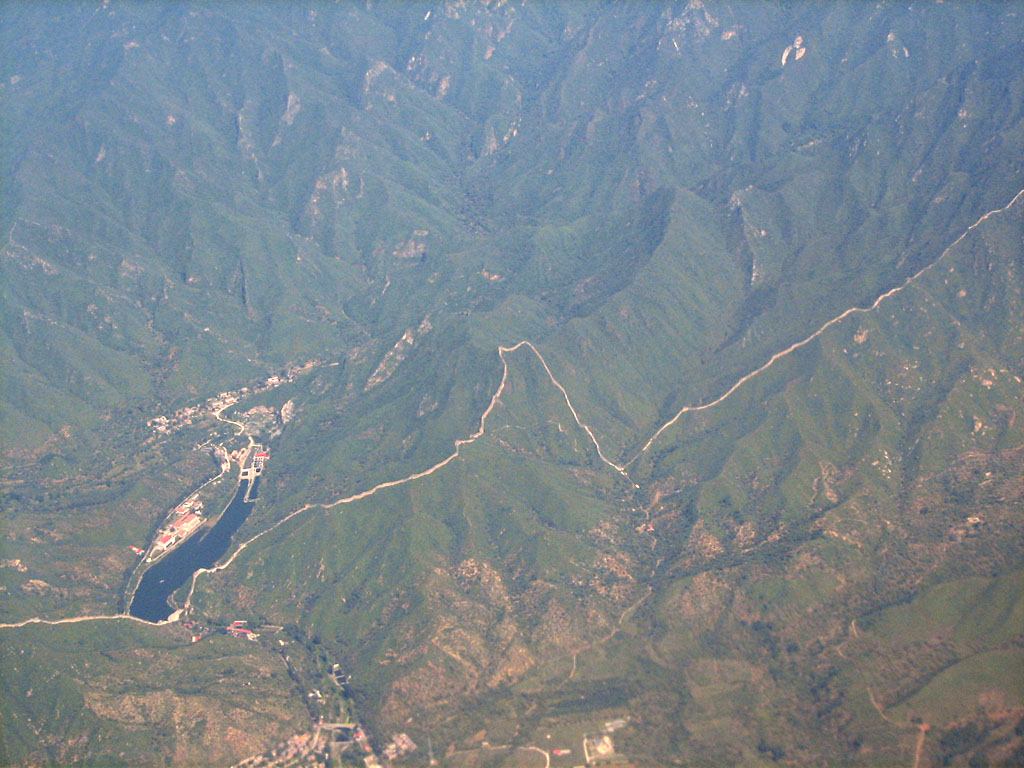The Wonders Of China and It’s History
I’ve done some travelling in my time, but i’ve always wanted to go to China. I was actually just reading about an ancient bridge that recently got “rediscovered”. It was a granite bridge built during the Ming Dynasty and it reappeared in China’s Lake Poyang. As the lake’s waters receded, they revealed this long-forgotten structure.

The 2,930 meter bridge is said to be the longest built across any lake in the entire country. This is quite fitting, since Lake Poyang is the largest freshwater lake in China.
The bridge is said to have over 1000 spans, or holes in its body, prompting the nickname “Thousand Eye Bridge”. Four hundred years ago, it served as a major commerce and traffic route for those living around this enormous body of water, crucial to daily life in ancient China.
The bridge has, of course, collapsed, but the basic structure is still evident. It is made of granite “planks” that measure about 30 cm wide, by 15 cm thick, by 182 cm long. These heavy planks formed the deck of the bridge, and were placed on solidly set piers, also made of granite.

Poyang Lake, which as covered as much as 4,500 square kilometers of land in the past, has receded over the last few years. Experts say this is due, in part, to the construction of the Three Gorges Dam. This, and lower than average rainfall, have reduced the lake to fewer than 1,500 square kilometers. This is also the dry season, so the combination of the three factors has revealed the ancient bridge.
The lake is fed by three rivers that merge into the Yangtze. When the Yangtze changed course in the 400s, it caused the Gan River to back up, forming Lake Poyang.
The Three Gorges Dam holds water in reservoirs for the surrounding populace. However, with the decreased water of the Yangtze, water has been siphoned out of Lake Poyang, making the situation worse.
The falling water levels have proven devastating to the locals, 70% of whom make their livings as fishermen. A fishing ban, enacted in 2002, is still in place.

Not only are fish threatened, but plankton and other organisms have also suffered. This has produced a major threat to migratory birds, as this lake is a major stop on long migratory routs for many species.
The finless porpoise, native to Lake Poyang, is also threatened, and it is feared that it may become extinct as the Yangtze river dolphin before it.
In 2012, the Chinese government ordered a massive drop of shrimp, maize, and millet to feed both the dolphins and the migratory birds.
In the 1300s, Lake Poyang was the site of what is said to be one of the largest battles in naval history. It also has a reputation for being the Chinese version of the Bermuda Triangle, with many ship disappearances reported. The latest disappearance was in 1945, when a Japanese troop ship carrying 20 sailors vanished.
The Ming Dynasty lasted from 1368 to 1644, when it fell to the Mongols. By the end of that time period, known as the Chongzhen period, the Ming Dynasty had built about 1,000 such bridges, according to the Beijing News.
There’s a lot of history to China, and I think it would be a great place to visit. There are few places with such a rich and interesting culture. I think I would like to learn some of the language before I go though, I wouldn’t want to have to rely on translation services on my phone or something similar. Although that could be helpful to translate the interesting food and other stuff that you find at the street vendors. You have to be careful what you eat, it’s not uncommon for street vendors and some of the cheaper restaurants to use something called gutter oil.

Gutter oil is probably one of the nastiest things I have seen, where they scrape the remnants of food waste and animal fat from the sewers, and use it to cook food!








 D5 Creation
D5 Creation